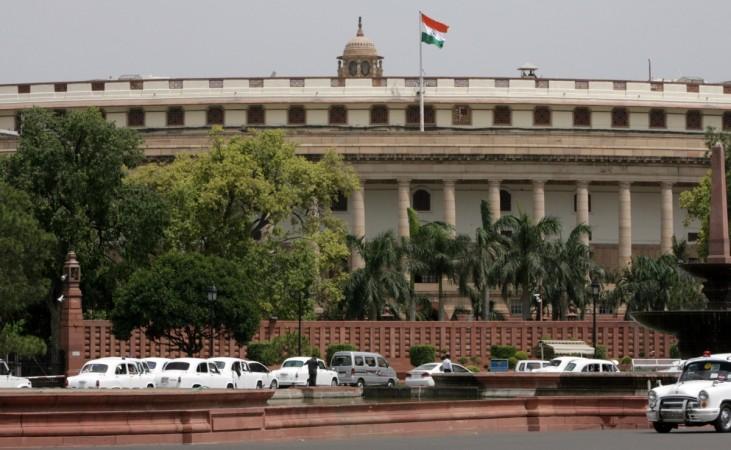
India adopted a stern inflation target on Friday to balance its problem of shooting prices within a thriving economy. The Reserve Bank of India (RBI) monitored target figure was brought down to a tougher four percent from the existing six percent.
The RBI will aim to keep consumer price inflation (CPI) at four percent through 2021, plus or minus two percent, minister of state for finance, Arjun Ram Meghwal, said in a statement to the Rajya Sabha.
As the country clocks good GDP numbers also, thereby, pushing up its inflationary indicators, RBI's tool on inflation target is back in focus. With both its wholesale (WPI) and retail inflation (CPI) hitting nearly two year high in recent months, to target them formally is becoming inevitable.
RBI Governor Raghuram Rajan since occupying office has shifted the bank's focus to address retail inflation from the earlier WPI. Just before his term ends in September, he has also mooted a six-member monetary policy committee (MPC) to propose such an inflation targeting number.
The International Monetary Fund (IMF) defines inflation targeting as a medium term numerical target which the country's central bank publicly commits to achieve through its monetary policies. However, each country seeks to adopt this number but with foresight not to affect employment and economic growth (like in the U.S.) or to maintain price stability (like the U.K.)
Inflation target cumbersome
Inflation targeting in India is mostly driven by the need to maintain price stability. Yet, India's problem was unlike that of any other country to it to be adopted formally, Duvvuri Subbarao, former Governor of RBI, told PTI.
He added that the country's peculiarities were many like high fiscal deficits, administered interest rates on small savings, illiquid bond markets and poor monetary policy transmission and others.
With inflation target number now subject to parliamentary control, he questioned the guarantee with which the government would support fiscal responsibility or inflation-targeting. "Won't all of these become hostage to fiscal dominance?" Subbarao asks in his book 'Who moved my interest rate', reported the agency.
Growth pangs
As a corollary, inflation targeting with price stability in mind has often raised concerns of holding back growth in the economy. Excessive focus on inflation in each of RBI's bi-monthly monetary policies could straitjacket interest rates, thereby curbing credit growth and slowing industrial activity, say experts.
Subbarao noted that India's inflation was driven more by oil and food prices, which emerge mostly from supply side constraints, and a monetary policy tool with only relative control on demand side pressures may not be of help there.









!['Had denied Housefull franchise as they wanted me to wear a bikini': Tia Bajpai on turning down bold scripts [Exclusive]](https://data1.ibtimes.co.in/en/full/806605/had-denied-housefull-franchise-they-wanted-me-wear-bikini-tia-bajpai-turning-down-bold.png?w=220&h=138)



